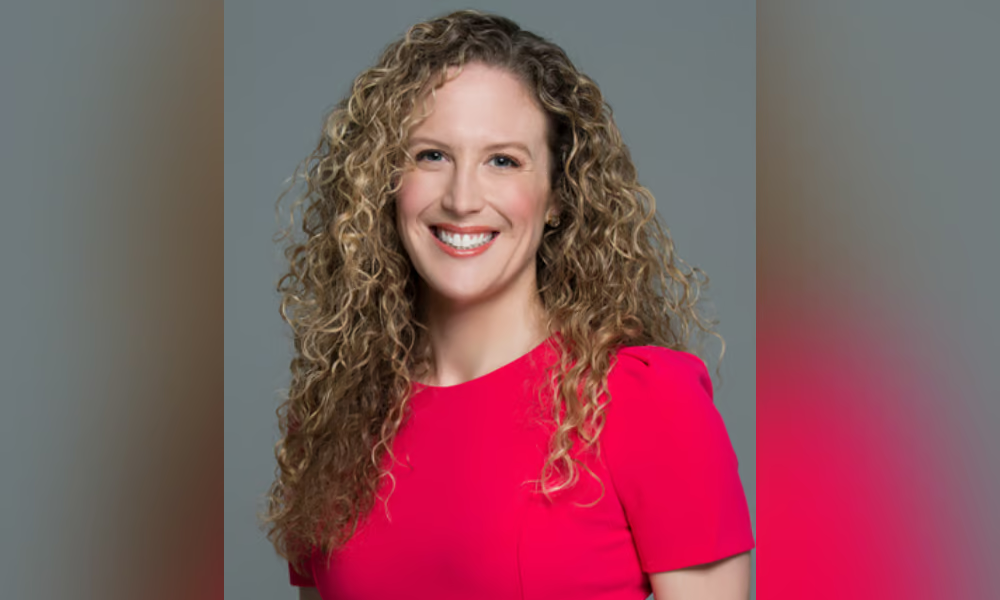Morningstar research reveals increased assets into global balanced strategies and a drift towards alternatives, among other highlights

Faced with a slew of headwinds including rising rates, inflation, and market volatility, Canadian investors showed an increased appetite for diversification as they put more assets into global balanced funds.
That was one of the standout findings from Morningstar’s 2023 report on the Balanced Fund Landscape for Canadian Fund Investors, which it released in June.
A chicken-and-egg situation
The fund research intelligence firm found that over the five-year period up to March 31, 2023, net investor flows into balanced funds amounted to $13 billion, including more than $63 billion into global balanced funds.
“We initially were thinking about this as a chicken-and-egg type of situation,” says Danielle LeClair, head of Manager Research for Morningstar Canada. “We found investors have been allocating more to global funds, but fund companies are also creating more global funds than they are Canadian funds.”
According to Morningstar’s research, the number of Canada-domiciled global balanced funds – those with more than 70% of assets outside of Canada – has grown by 230 since the start of 2012, while Canadian balanced offerings shrank by 81.
While there’s no one obvious factor driving increased inflows into global options, LeClair suggests the evolving view of home bias in portfolios over time could be a pivotal point. One barometer is the Canada Pension Plan: from having just under 37% allocated to Canada in March of 2013, she says the pension giant has around 14% domestic exposure in its portfolio today.
“If you think about that as being a gauge for home bias, you could see that this drift into more global balanced funds is potentially a sign of investors right sizing their portfolios,” she says.
From a sector perspective, LeClair notes that diversifying internationally lets Canadian investors shift away from the domestic stock market’s heavy weighting towards financials and commodities. Concentrating on Canada, she added, would have limited their exposure to the tech sector, which led the outperformance in stocks in the U.S. earlier this year.
Enter the alternatives
The Morningstar study also touched on a slow but sure evolution of balanced strategies. As the market carnage of 2022 raises questions around the future of the traditional 60-40 balanced portfolio, there’s been an increased use of alternatives in balanced strategies, including bitcoin in Fidelity's All-in-One ETFs and the real estate-focused TD Greystone strategy in TD Retirement funds.
“If we were talking about alternative allocations within balanced funds 5 to 10 years ago, we would have been talking pretty exclusively about gold,” LeClair says. “But we have seen an expansion into things like infrastructure, real estate, private assets, and to a certain extent, Bitcoin and options. … We're definitely seeing a lot more creativity when it comes to alternative asset classes.”
In 2019, the Canadian Securities Administrators unveiled changes to NI 81-102, which among other things redefined alternative investments as alternative mutual funds. That’s given rise to asset managers expanding their catalogs with alternative mutual funds, with the trend trickling into the balanced-fund space as well.
“Balanced funds are a genius way to introduce alternatives to investors, because they do tend to have capped allocations,” LeClair says, noting how broad diversified fund-of-funds can have up to 10% of their NAV in alternatives. “I think now that asset managers have seen how some of this has played out, we're going to definitely see more of that coming into play.”
Morningstar also highlighted an increase in sustainable balanced funds – driven by investor demand for investment options that stress environmental, social, and governance criteria – as well as innovative retirement- and income-oriented strategies.
A tipping balance in balanced fund assets?
The report also found that from the turbulent market environment of 2022 until the end of 2023, commission-based balanced fund share classes suffered net outflows of $36 billion, while fee-based advice share classes saw $7 billion in inflows. Taken at face value, that suggests heightened market volatility opened investors’ eyes to the benefits of fee-based advice – but LeClair says the jury’s still out.
“The Client Focused Reforms came into effect in 2021, and phase 2 was mandated for December 2021. So some of what we're seeing there could just be the shift caused by the CFRs and the increased transparency they helped drive,” LeClair says. “At this point, I would probably attribute it more to the CFRs than the market volatility. But we at Morningstar see the shift toward the fee-based advice channel as a positive trend.”
Morningstar also examined how balanced fund assets break down between bank-owned asset managers and those outside Canada’s Big Six banks. It found that from April 2020 to December 2021, bank balanced funds took in $29 billion while their non-bank counterparts saw $19 billion leave. But for the following period up to March 2023, bank funds lost $13 billion compared to just $7 billion from non-bank funds.
“We’re seeing glimmers of a shift in that non-bank owned asset managers are gaining assets, relative to bank-owned asset managers,” LeClair says. “We're viewing this as increased competition within the market … investors are looking beyond just what's available to them at their banks, and making sure that that KYC component of the CFRs is being satisfied.”



